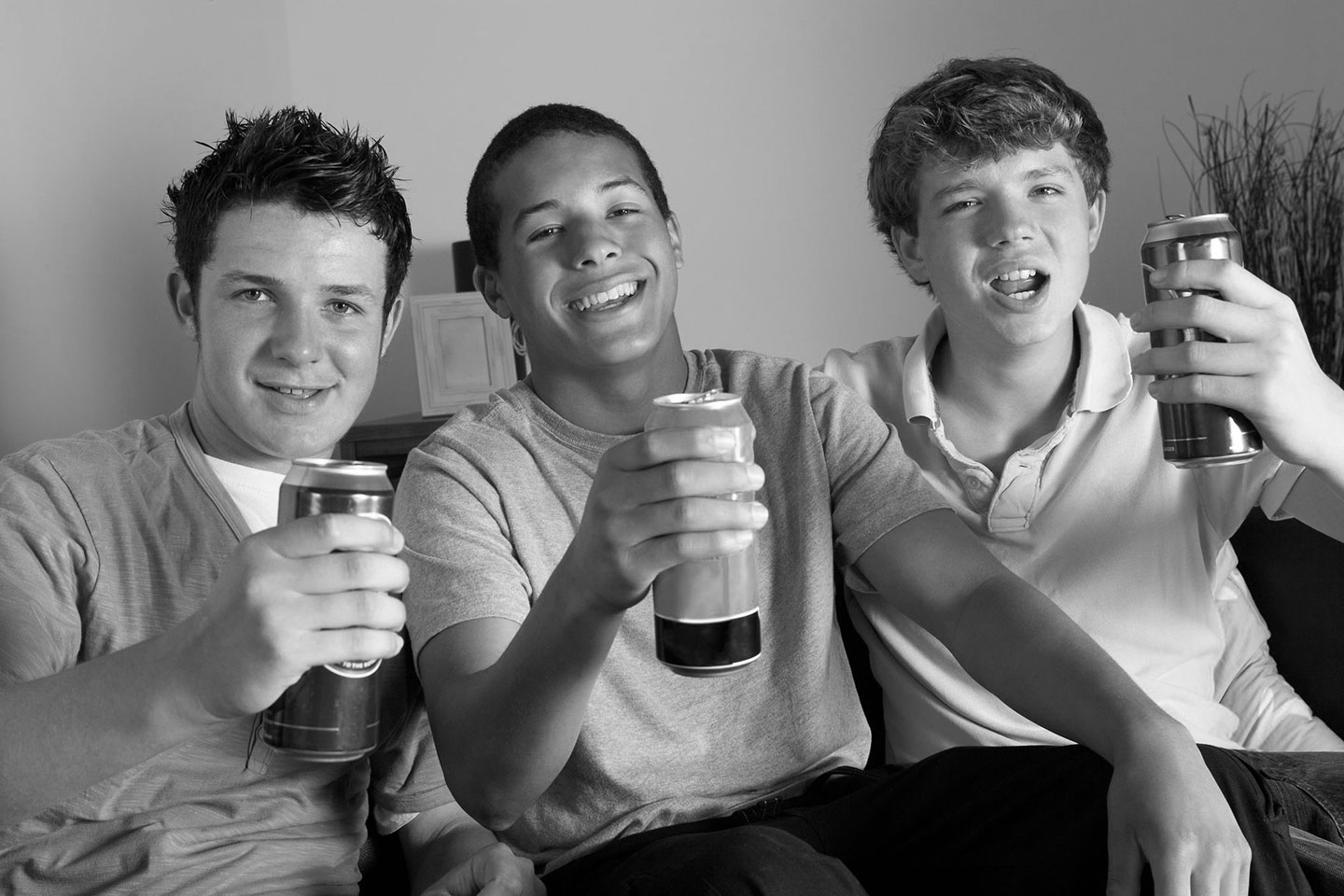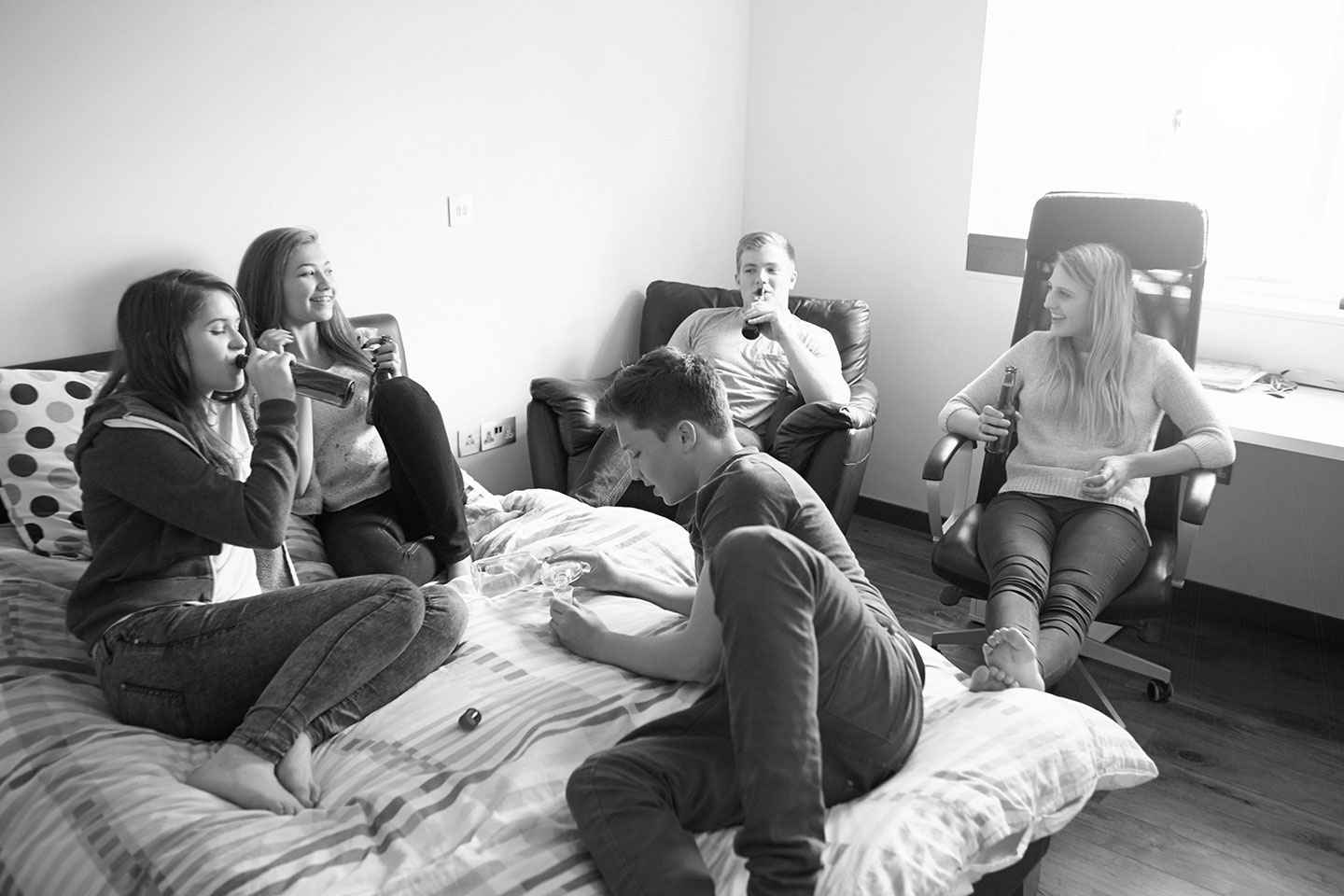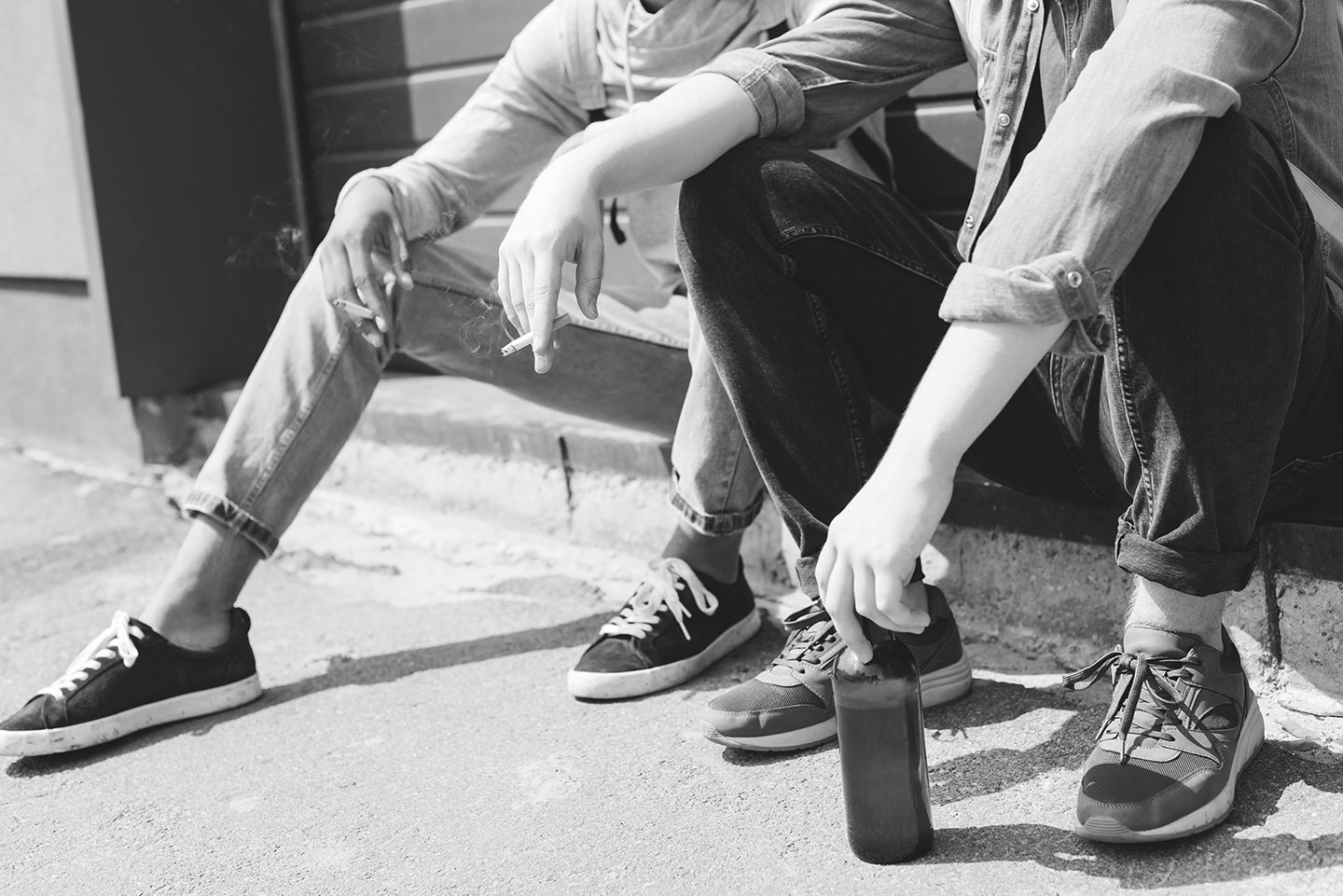John was a good kid. At 16 years old, like most teenagers, he was brimming with life—funny, kind, friendly, talented—until one decision ended it all too soon.
John was one of 5,000 young people (under the age of 21) who lost their lives that year to alcohol-related causes. For John, it was as a passenger in a vehicle driven by a friend under the influence. For other young people and their families, their futures are changed by life-altering experiences, like eating disorders, dating violence, addiction, and mental illness. Behind each statistic is a real person: a friend, a child, a person full of potential, a human life.
These tragedies are preventable—these lives priceless.
The first step in prevention is acknowledging the facts.






